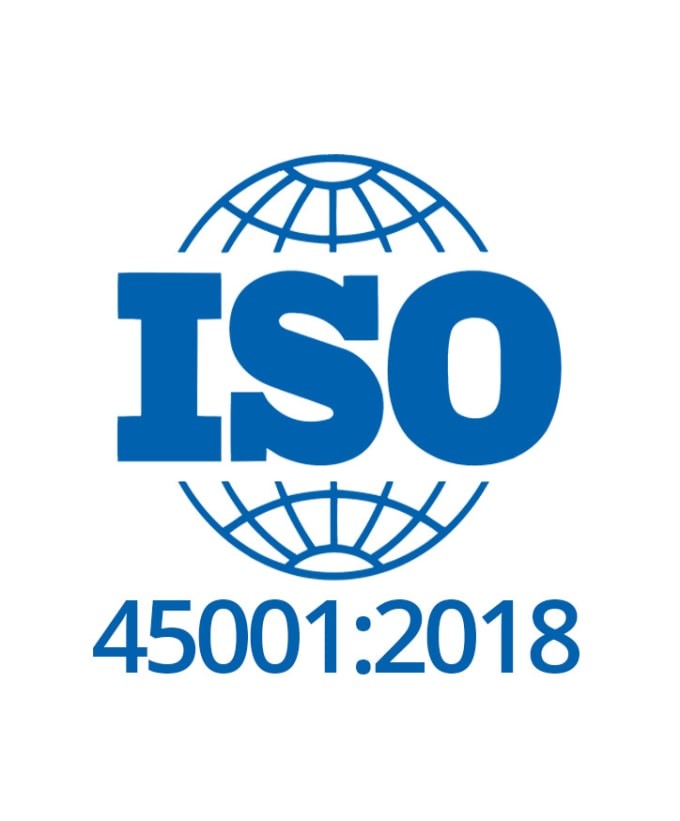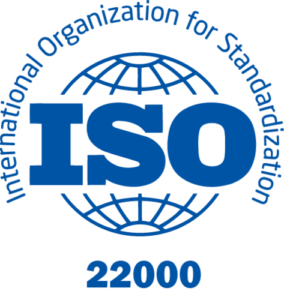Scope ISO-17021
ISO 9001-2015

specifies requirements for a quality management
system when an organization:
a) needs to demonstrate its ability to
consistently provide products and services that meet customer and applicable
statutory and regulatory requirements, and
b) aims to enhance customer satisfaction
through the effective application of the system, including processes for
improvement of the system and the assurance of conformity to customer and
applicable statutory and regulatory requirements.
All the requirements of ISO 9001:2015 are
generic and are intended to be applicable to any organization, regardless of
its type or size, or the products and services it provides.
ISO 14001

ISO
14001 is the international standard that specifies requirements for an
effective environmental management system (EMS). It provides a framework that
an organization can follow, rather than establishing environmental performance
requirements.
Part
of the ISO 14000 family of standards on environmental management, ISO 14001 is
a voluntary standard that organizations can certify to. Integrating it with
other management systems standards, most commonly ISO 9001, can further assist
in accomplishing organizational goals.
The
International Organization for Standardization (ISO) defines an environmental
management system as “part of the management system used to manage
environmental aspects, fulfill compliance obligations, and address risks and
opportunities.” The framework in the ISO 14001 standard can be used within a
plan-do-check-act (PDCA) approach to continuous improvement.
Who
Should Use The ISO 14001:2015 Revision ?
ISO
14001:2015 should be used by any organization that wishes to set up, improve,
or maintain an environmental management system to conform with its established
environmental policy and requirements. The requirements of the standard can be
incorporated into any environmental management system, the extent to which is
determined by several factors including the organization’s industry,
environmental policy, products and service offerings, and location.
What
topics does ISO 14001:2015 cover?
At
the highest level, ISO 14001:2015 covers the following topics with regard to
environmental management systems:
1-
Context of the organization
2-
Leadership
3-
Planning
4-
Support
5-
Operation
6-
Performance evaluation
7-
Improvement
What
are the benefits of ISO 14001:2015?
Using
ISO 14001:2015 has many benefits for organizations with environmental
management systems. Organizations and companies find that using the standard
helps them:
1-
Improve resource efficiency
2-
Reduce waste
3-
Drive down costs
4-
Provide assurance that environmental impact is being measured
5-
Gain competitive advantage in supply chain design
6-
Increase new business opportunities
7-
Meet legal obligations
8-
Increase stakeholder and customer trust
9-
Improve overall environmental impact
10-
Manage environmental obligations with consistency
10
major areas of impact of the 2015 revision:
Expansion
in EMS coverage and scope
Required
interactions with external parties
New
requirements for leadership engagement
Expanded
legal compliance requirements
Need
for risk-based planning and controls
New
documentation requirements
Expanded
operational control requirements
Changes
in competence and awareness requirements
Impacts
on the internal audit program
Increased
certification costs
ISO 45001

ISO
45001: THE STANDARD FOR THE CERTIFICATION OF OCCUPATIONALHEALTH AND SAFETY
MANAGEMENT SYSTEMS
-ISO
45001 is the certification standard for Occupational Health and Safety
Management Systems. The standard aims to identify work-related risks to
employees such as illness, injury, accidents and to avoid them with the help of
preventative measures.
TARGET
GROUP
-ISO
45001 is applicable for companies and organizations of all sizes and
industries. Therefore, even small organizations can benefit from the standard.
An ISO 45001 Management System has the same High Level Structure as ISO 9001
(Quality Management) and ISO 14001 (Environmental Management) which ensures its
suitability as part of an integrated management system.
-ADVANTAGES
OF THE STANDARD
Certification
against ISO 45001 will give your company many valuable competitive advantages,
including:
1-
reduction of accidents by the systematization of all activities from a health
and safety perspective
2-
legal clarity by complying with all applicable requirements
3-
protect the image of your company
4-
ensure the best possible working conditions throughout the organization
5-
cost saving through risk reduction
6-
strengthened commitment and motivation of employees through optimized work
safety
HOW
IT WORKS (THE CERTIFICATION PROCESS )
Together
we organise an appointment for the audit. The audit duration depends on the
size of your organisation. After the successful completion of the certification
audit, you will receive a certificate which is valid for 3 years. To maintain
your certification, annual surveillance audits are required.
ISO 22000

The
consequences of unsafe food can be serious. ISO’s food safety management
standards help organizations identify and control food safety hazards, at the
same time as working together with other ISO management standards, such as ISO
9001. Applicable to all types of producer, ISO 22000 provides a layer of
reassurance within the global food supply chain, helping products cross borders
and bringing people food that they can trust.
ISO
22000 sets out the requirements for a food safety management system and can be
certified to it. It maps out what an organization needs to do to demonstrate
its ability to control food safety hazards in order to ensure that food is
safe. It can be used by any organization regardless of its size or position in
the food chain.
What
does iso 22000 require?
ISO
22000 requires that you build a Food Safety Management System. This means that
you will have a documented system in place and fully implemented throughout
your facility that includes:
1-
Effective Prerequisite Programs in place to ensure a clean sanitary environment
2- A
Hazard Analysis and Critical Control Plan developed to identify, prevent and
eliminate food safety hazards.
3-
Established documented food safety management system processes to manage food
safety throughout your organization - from management and business planning
aspects to day to day communication and operations affecting food safety.
The
ISO 22000 standard contains the specific requirements to be addressed by the
Food Safety Management System.
The
standard requires food safety management system processes including:
1-
Having an overall Food Safety Policy for your organization, developed by top
management.
2-
Setting objectives that will drive your companies efforts to comply with this
policy.
3-
Planning and designing a management system and documenting the system.
4-
Maintaining records of the performance of the system.
5-
Establishing a group of qualified individuals to make up a Food Safety Team.
6-
Defining communication procedures to ensure effective communication with
important contacts outside the company (regulatory, customers, suppliers and
others) and for effective internal communication.
7-
Having an emergency plan.
8-
Holding management review meetings to evaluate the performance of the FSMS.
9-
Providing adequate resources for the effective operation of the FSMS including
appropriately trained and qualified personnel, sufficient infrastructure and
appropriate work environment to ensure food safety.
10-
Implementing Prerequisite Programs.
11-
Following HACCP principles.
12-
Establishing a traceability system for identification of product.
13- Establishing
a corrective action system and control of nonconforming product.
14-
Maintaining a documented procedure for handling withdrawal of product.
15-
Controlling monitoring and measuring devices.
16-
Establishing and maintaining and internal audit program.
17-
Continually updating and improving the FSMS.
